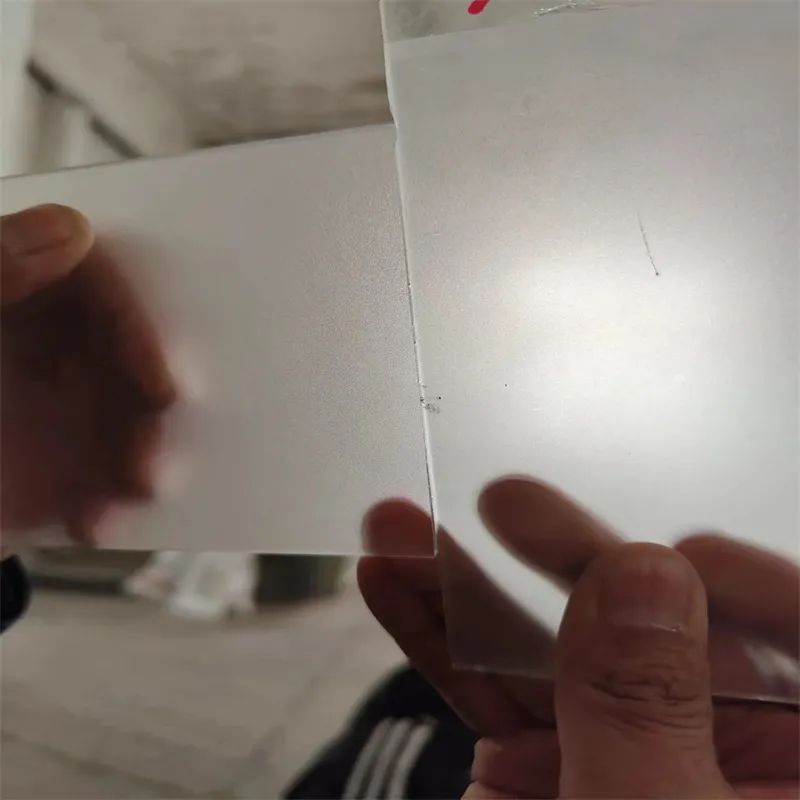10 月 . 08, 2024 13:25 Back to list
Exploring Various Types and Benefits of Reflective Glass in Modern Architecture
Types of Reflective Glass
Reflective glass is an innovative material commonly used in modern architecture, automotive design, and interior applications. Its unique properties not only enhance aesthetic appeal but also provide functional benefits such as energy efficiency and privacy. Understanding the various types of reflective glass is essential for selecting the right kind of glass for specific applications.
One of the most common types of reflective glass is low-emissivity (low-E) glass. This glass is coated with a thin metallic layer that reduces the amount of heat transferred through it. By reflecting infrared light, low-E glass helps to keep interiors cooler in the summer and warmer in the winter. This energy-efficient property is particularly advantageous in regions with extreme temperature fluctuations and contributes to reduced energy costs over time.
Another popular option is solar control glass, specifically designed to reflect a significant amount of the sun's rays. By reducing solar heat gain, solar control glass helps in maintaining comfortable indoor temperatures, especially in commercial buildings with large windows. This type of glass also offers protection against harmful UV rays, which can fade furnishings and artworks, making it an ideal choice for retail spaces and galleries.
types of reflective glass

Mirrored glass is perhaps one of the most visually striking types of reflective glass. With a highly reflective surface, mirrored glass creates a sense of depth and openness in spaces. It is frequently used for decorative purposes and can also enhance natural light. However, its reflective quality can lead to privacy concerns. Therefore, it is often used in areas where privacy is less of a concern or is complemented with strategic landscaping.
For residential applications, tinted reflective glass is often employed. This glass comes in various colors and shades, allowing homeowners to choose the level of reflection and privacy they desire. Tinted glass not only minimizes glare but also reduces heat gain, making it a practical solution for windows in sunny areas.
Additionally, there is spandrel glass, which is used to conceal structural elements and provide aesthetic continuity in building facades. This type of glass features a reflective surface that can match other glass components of the building, creating a cohesive look while serving its practical purpose.
In conclusion, reflective glass comes in various forms, each designed to meet specific needs and preferences. From energy efficiency and glare reduction to aesthetic enhancement and privacy, the right type of reflective glass can significantly impact building design and functionality. The choice among low-E glass, solar control glass, mirrored glass, tinted glass, and spandrel glass ultimately depends on the specific requirements of a project and the desired outcomes.
-
Wired Glass: A Strong and Secure Glass Solution for Various Applications
NewsNov.04,2024
-
Tinted Glass: A Stylish and Functional Choice for Modern Homes
NewsNov.04,2024
-
The Elegance and Versatility of Silver Mirrors
NewsNov.04,2024
-
The Advantages of Copper Free Mirrors
NewsNov.04,2024
-
Tempered Glass: A Reliable Choice for Modern Applications
NewsNov.04,2024
-
Pattern Glass: Stylish and Functional Glass for Modern Design
NewsNov.04,2024
Related PRODUCTS














